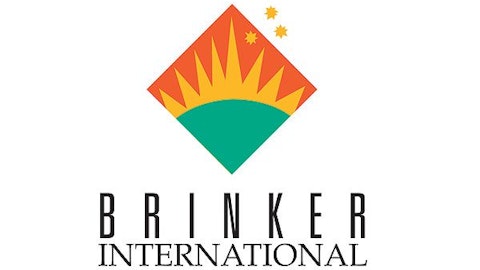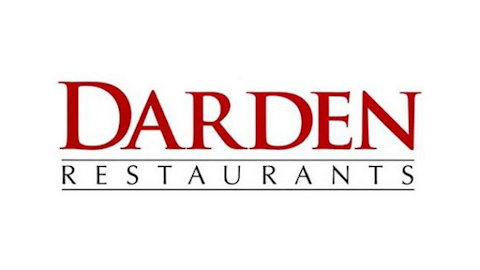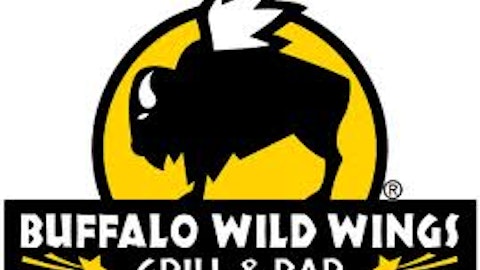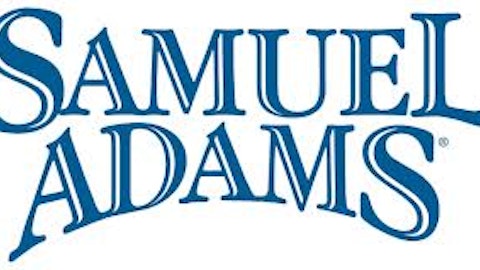The U.S. restaurant industry contracted for three years, over the recession. However, the National Restaurant Association’s Restaurant Performance Index, or RPI, has shown two years of steady industry growth since the recovery started. In 2013, the RPI has been at or above 100 (indicating expansion) in every month except February, continuing the trend of positive momentum after a stumble last fall. While it’s been bumpy, the trend is for continued, moderate growth, especially among chain restaurants.
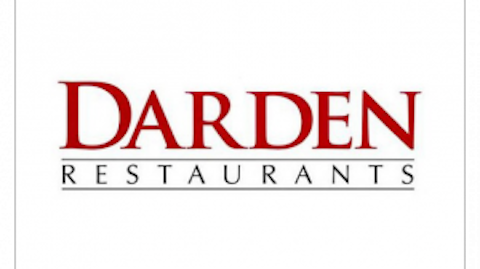
And with the market at or near all-time highs, finding great companies at good prices can be difficult. Investing in an industry with sustained growth can net strong returns for patient investors.
It’s too expensive because it costs too much
A 6.9% growth in revenue for FY2013 didn’t translate to the bottom line, as net earnings fell by 12%. Per CEO Clarence Otis:
…we expect a macroeconomic environment that is similar in fiscal 2014 to what it was in fiscal 2013, with slow and uneven recovery in both the overall economy and our industry … That means many guests will continue to need and expect us to emphasize affordability. At the same time, the generational, multicultural and other dynamics that are changing tastes and preferences in a host of areas, including what consumers want from restaurants, will continue.
Competition, changing tastes, and downward pressure on prices will continue to weigh on the company’s profitability. While acquisitions such as Yard House will offer some room for growth, it takes a lot to move a behemoth like Darden Restaurants, Inc. (NYSE:DRI) and its 2,100 locations. Lastly, both TTM and forward PE ratios are above 15.5, which is on the high side for Darden’s recent history. Mr. Otis said it himself: Darden Restaurants, Inc. (NYSE:DRI)’s just too expensive today.
Something to “Chuy” on
It may sound hypocritical to call Darden Restaurants, Inc. (NYSE:DRI) expensive at a PE of 15, and then recommend Chuy’s Holdings Inc (NASDAQ:CHUY) with its forward PE of 55, but that ignores a serious opportunity to invest in a chain with only 45 locations to date.
The company is operating profitably, having generated $5.8 million in net income for the first six months of the fiscal year, more than double the $2.1 million from the same period a year ago. Its ability to open new locations at a 20% annual rate without having to incur debt or dilutive equity offerings makes the valuation well worth considering. But there’s more to what makes this concept so attractive:
$13.26.
That’s the average check at Chuy’s Holdings Inc (NASDAQ:CHUY); well below (opens pdf; go to page 11) the $16.25 and $20.50 at Olive Garden and Red Lobster. And with more than 90% of the items on Chuy’s Holdings Inc (NASDAQ:CHUY) menu below $10, the value — especially for a full-service restaurant — is in direct contrast to the pricing pressure that Darden is facing right now.
And if it sounds counterintuitive, the results of Chuy’s Holdings Inc (NASDAQ:CHUY) value proposition are hard to ignore. The average CChuy’s Holdings Inc (NASDAQ:CHUY) generates over $4.9 million in annual sales. Darden Restaurants, Inc. (NYSE:DRI)’s Olive Garden and Red Lobster bring in $4.6 and $3.8 million per location. And it gets worse for Darden Restaurants, Inc. (NYSE:DRI) with both chains reporting negative comps, more than 1% down for Olive Garden, and a nearly 3% decline at Red Lobster; while Chuy’s Holdings Inc (NASDAQ:CHUY) comps are consistently growing by more than 2%.
